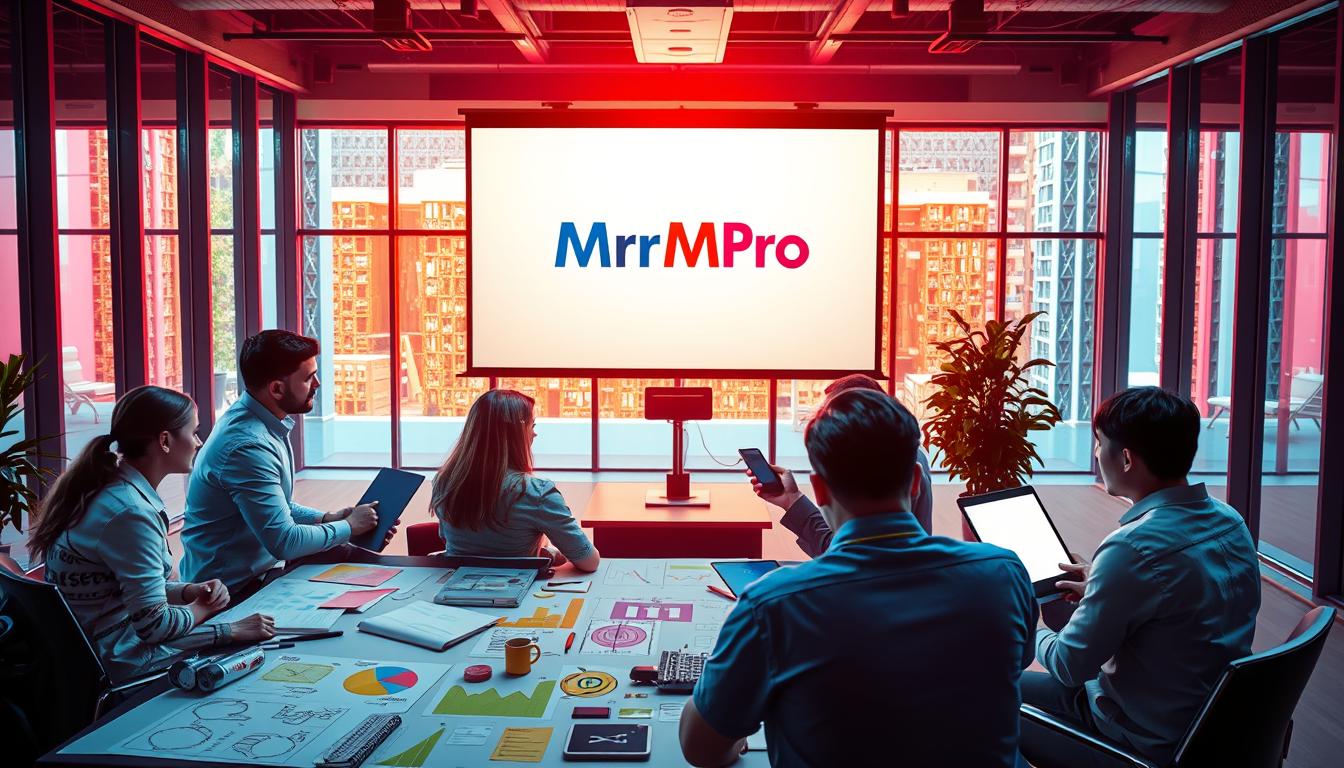
Did you know that the visual AI market is projected to reach $274.8 billion by 2033? This staggering growth highlights the transformative impact of technology on modern marketing. In today’s competitive landscape, brands are constantly seeking ways to boost engagement and drive software adoption. Enter the Adobe You’re Creative Let’s Prove It Campaign, a groundbreaking initiative designed to challenge your creativity and unlock new strategies for software adoption.
This campaign is more than just a marketing effort—it’s a movement. By emphasizing accountability and leveraging meticulous data usage, it helps brands achieve significant ROI improvements. Whether you’re part of a marketing team or leading a brand, this campaign offers a clear roadmap for success.
At its core, the campaign focuses on enhancing customer engagement through performance creative strategies. By integrating social media and personalized content, it empowers brands to deliver more engaging and effective campaigns. The result? Higher conversion rates, better ROI, and a stronger connection with your audience.
Ready to transform your marketing efforts? Explore how this campaign can help you achieve your goals. For more insights into advanced marketing strategies, visit mrmp.pro/all-services/.
Laying the Foundations for Powerful Engagement
Accountability and smart data use are key to successful marketing. By analyzing your current strategy, you can identify what drives sales and engagement. This helps align your efforts with business goals, ensuring each campaign is effective and targeted.
Evaluating Your Current Marketing Strategy
Assess your key performance indicators to understand what drives sales. Use this data to refine your approach, ensuring every effort is targeted and effective. Consider how your marketing team can leverage these insights to improve future campaigns.
Identifying Opportunities for Creative Growth
Combine traditional marketing with modern digital insights to spot creative opportunities. For example, integrating social media and personalized content can enhance engagement and drive growth. This approach helps you deliver more relevant campaigns to your audience.
| Traditional Marketing Elements | Modern Digital Insights | Combined Approach |
|---|---|---|
| Brand Awareness | Data Analytics | Targeted Campaigns |
| Print Ads | Social Media Trends | Engaging Multimedia |
| Customer Surveys | AI-Driven Tools | Personalized Content |
By aligning traditional methods with digital insights, you can create powerful engagement strategies. Learn how to use your data to refine campaigns and drive growth. For more on advanced marketing strategies, visit mrmp.pro/e-commerce-seo/.
Implementing Adobe You’re Creative Let’s Prove It Campaign: Best Practices for Engagement
To drive meaningful engagement, consider implementing a strategy that blends data insights with creative elements. This approach ensures your marketing efforts resonate with your target audience and deliver measurable results.
Leveraging Data-Driven Insights
Data is the backbone of any successful marketing strategy. By analyzing your current metrics, you can identify what drives engagement and refine your approach. This alignment ensures every campaign is both effective and targeted, directly contributing to your business goals.
Integrating Creative Tools and Social Media Channels
Creative tools and social media channels are powerful allies in extending your campaign’s reach. Platforms like Instagram and TikTok allow you to deliver personalized content that captivates your audience. Combining these tools with data insights can significantly boost engagement and drive growth.

By integrating these elements, you create a cohesive strategy that enhances efficiency and personalization, giving you a competitive edge in the market.
Leveraging Data-Driven Insights to Fuel Creativity
Data plays a pivotal role in modern marketing, transforming how brands engage with their audiences. By integrating insights from various sources, you can unlock a deeper understanding of your customers and craft more effective strategies.
Building Customer Profiles and 360-Degree Views
Creating comprehensive customer profiles involves merging data from social media, website interactions, and purchase history. This unified view allows your marketing team to tailor campaigns that resonate more deeply with your audience. For instance, combining social media trends with AI-driven tools can reveal patterns that might otherwise go unnoticed.
Automating Personalization for a Tailored Experience
Automation is key to delivering personalized content. Tools like Adobe Experience Platform can automate tasks, ensuring timely and relevant ads. This not only enhances engagement but also streamlines your workflow, allowing your team to focus on creative aspects.
Developing Predictive Marketing Tactics
Predictive marketing uses historical data to forecast future trends. By analyzing past campaigns, you can identify what drives engagement and refine your approach. This proactive strategy helps you stay ahead in the market and deliver content that truly connects with your audience.
| Data Source | Insight Type | Integration Benefit |
|---|---|---|
| Social Media | Trends, Engagement | Identifies popular content types |
| Website Analytics | Behavior, Conversion | Highlights user journeys |
| Customer Feedback | Preferences, Pain Points | Informs product development |
By leveraging these strategies, you can create a data-driven marketing approach that boosts creativity and efficiency. For more insights, visit mrmp.pro/work/.

Enhancing Engagement Through Creative Content and Marketing Tools
Engagement is the heart of any successful marketing strategy. By combining creative content with the right tools, you can elevate your campaigns and captivate your audience. This section explores how to optimize your channels for maximum ROI and maintain consistent success throughout the year.
Optimizing Channels for Maximum ROI
Understanding your audience is key to selecting the right channels. Whether it’s social media, email, or blogs, aligning your content with where your audience spends their time ensures higher engagement. Tools like Hootsuite and Buffer can help you manage multiple platforms efficiently, scheduling posts and analyzing engagement metrics to refine your strategy.
Using data to guide your decisions is crucial. Platforms like Google Analytics and HubSpot provide insights into what drives engagement, helping you allocate resources effectively. For instance, if your analytics show higher engagement on Instagram, consider investing more time there. HubSpot’s content marketing guide offers valuable tips on aligning your tools with broader business goals to maximize ROI.
Balancing creativity with technical tools is essential. While platforms like Canva and Adobe Spark help create visually appealing content, tools like Trello and Asana keep your team organized. This blend ensures your campaigns are both innovative and efficiently managed, leading to consistent success and adapting to market changes.

Conclusion
In conclusion, the Adobe You’re Creative Let’s Prove It Campaign offers a compelling approach to modern marketing by blending data-driven insights with creative strategies. This initiative not only enhances engagement but also drives significant ROI improvements, making it a valuable asset for any brand looking to stand out in the market.
By embracing this approach, your marketing team can unlock new opportunities for growth. Continuous learning and innovation are key to staying ahead, ensuring your efforts remain both effective and relevant over time. The evolution of marketing techniques urges you to adapt and work smarter, leveraging tools and insights to deliver impactful campaigns.
As demonstrated by the campaign, building a strong brand and fostering meaningful customer engagement are achievable through a combination of creativity and data. Take the next step by integrating these insights into your strategy, ensuring your marketing efforts remain both innovative and informed. For inspiration, explore how others have successfully transformed their careers, such as Samuel Sargeant’s journey with Adobe here.

 Adobe You’re Creative Let’s Prove It Campaign: Boosting Engagement and Software Adoption
Adobe You’re Creative Let’s Prove It Campaign: Boosting Engagement and Software Adoption
0 Comment